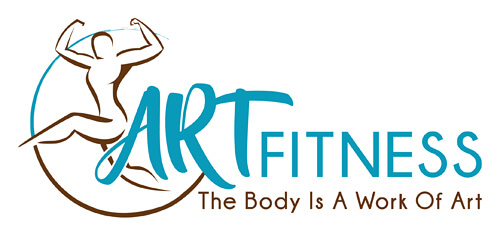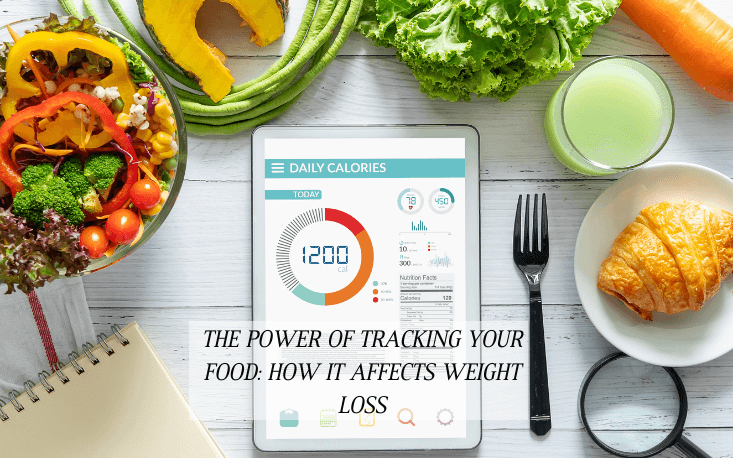In the journey to lose weight, there’s one tool that’s often overlooked but incredibly effective: food tracking. While it may sound tedious at first, keeping track of what you eat can be a game-changer in helping you understand your eating habits, stay accountable, and ultimately achieve your weight loss goals.
What Is Food Tracking?
Food tracking involves recording everything you eat and drink throughout the day, including portion sizes and calorie counts. This can be done using a notebook, a spreadsheet, or a smartphone app like MyFitnessPal or Cronometer.
The idea isn’t just to monitor calorie intake but to gain insight into your nutrition. Tracking helps you see patterns in your diet, identify areas for improvement, and make informed decisions about what you eat.
Why Tracking Your Food Works for Weight Loss
1. Creates Awareness
One of the biggest barriers to weight loss is underestimating how much you’re eating. Research shows that people often consume more calories than they think. Food tracking provides a clear picture of your daily intake, helping you pinpoint where extra calories are coming from.
2. Encourages Accountability
When you know you have to record every bite, you’re more likely to think twice about that extra cookie or oversized portion. Tracking holds you accountable for your choices, making it easier to stick to your calorie and nutrient goals.
3. Helps Identify Problem Areas
Do you snack mindlessly while watching TV? Are your portions larger than you realize? Tracking reveals patterns that may be sabotaging your progress, empowering you to make changes.
4. Supports Better Food Choices
When you see your food choices laid out, it’s easier to identify where you can make healthier swaps. For example, you might realize that replacing sugary drinks with water or cutting back on processed snacks can save hundreds of calories per day.
5. Shows Progress Over Time
Food tracking provides measurable data that you can review over time. Seeing how your eating habits improve can be incredibly motivating and keep you focused on your goals.
How to Start Tracking Your Food
- Choose a Tracking Method: Use an app, a journal, or a simple notepad—whatever feels easiest for you.
- Record Everything: Be honest and record all meals, snacks, and drinks, including sauces, dressings, and small nibbles.
- Measure Portions: Use measuring cups or a kitchen scale to ensure accuracy. Eyeballing portions can lead to underestimations.
- Track Nutrients: Don’t just focus on calories. Pay attention to protein, carbs, fats, and fiber to ensure a balanced diet.
- Review and Reflect: At the end of each day, review your entries. Are there areas for improvement? Did you meet your goals?
Common Misconceptions About Food Tracking
- “It’s Too Time-Consuming”: With apps that save frequently eaten meals, tracking becomes quick and easy.
- “I Don’t Want to Be Obsessed with Food”: Tracking isn’t about perfection—it’s about awareness. You can use it flexibly to suit your lifestyle.
- “I Already Eat Healthy”: Even healthy eaters can benefit from tracking. It ensures you’re eating the right portions and not overdoing it on calories.
Tips for Success
- Be Consistent: Even if you only track part of your day, it’s better than skipping entirely.
- Don’t Aim for Perfection: It’s okay to indulge sometimes—just track it and move on.
- Use Tracking as a Learning Tool: Focus on what you can learn from your entries rather than judging yourself.
Food tracking is a simple but powerful way to take control of your diet and accelerate your weight loss. By creating awareness, holding yourself accountable, and learning from your habits, you can make smarter choices that lead to lasting results.
Whether you track for a few weeks or make it a long-term habit, the insights you gain can be invaluable. Ready to give it a try? Grab a notebook or download an app today and see the difference it makes!

